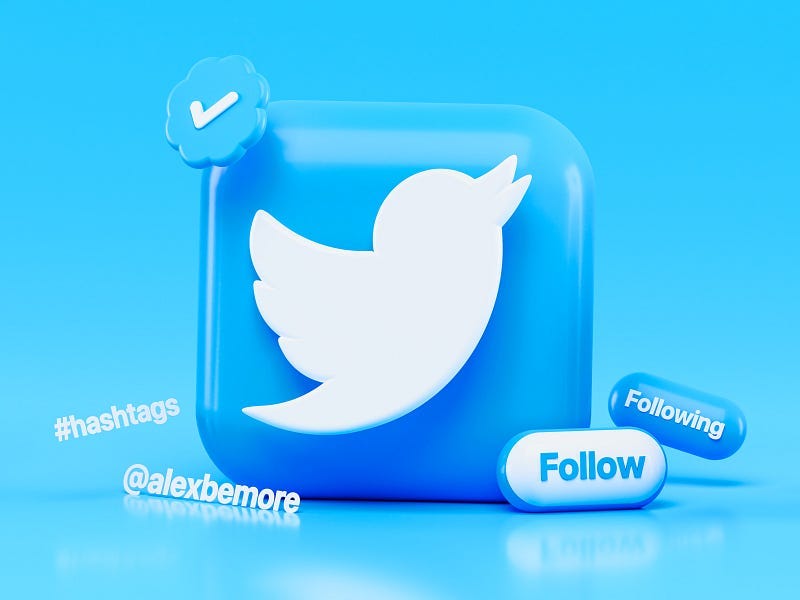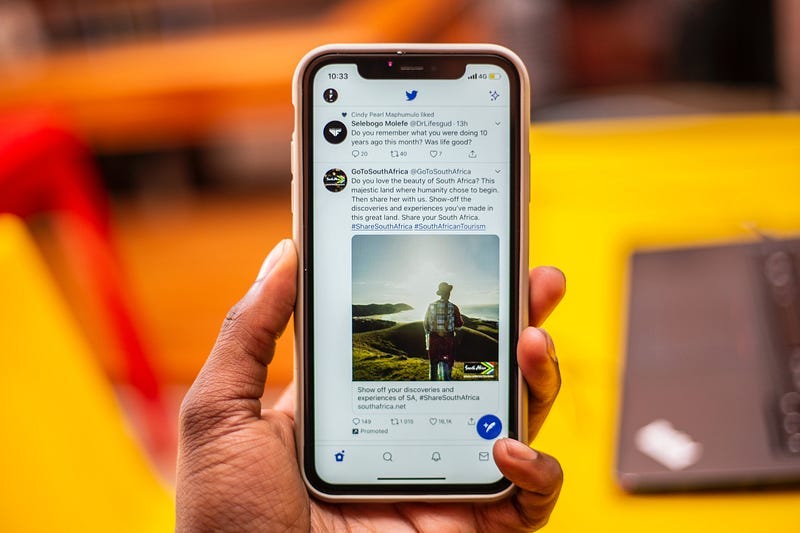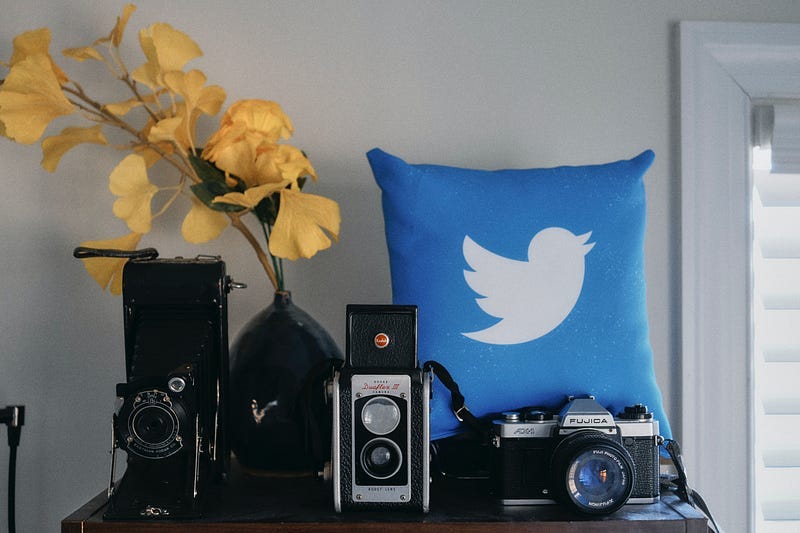Elon Musk Is Leading Twitter to Its Doom
Apparently rebranding to ‘X’ doesn’t magically solve everything

Twitter, the social media giant that once dominated online conversations, has been struggling to survive ever since Elon Musk took over the company.
Elon, the billionaire entrepreneur behind Tesla and SpaceX, has made efforts to transform Twitter into a free speech super app that will encompass communication, journalism, mobile payments, and banking.
His vision, however, has become a nightmare for Twitter’s users, advertisers, employees, and investors. In this article, we will examine the changes Elon has made to Twitter, and how these changes will lead to the platform’s eventual demise.
Elon Shocks the World
On the 14th of April 2022, Elon Musk made a tweet stating his intentions to acquire Twitter. His announcement came as a surprise to the public, and Twitter’s board of directors, who had not received offers from Elon to acquire the company.
According to SEC filings, between January and March of 2022, Elon Musk bought large amounts of Twitter shares from public markets, making him Twitter’s largest shareholder by the 14th of March, owning 9.2% of the micro-blogging platform.
As Twitter’s largest shareholder, Elon was offered a position on the board of directors. He rejected the position and made a counteroffer to buy the entire company for $44 billion, 25% more than what the company was worth at the time.
Unwilling to sell $44 billion of his Tesla stake, Musk had to raise funds to complete the Twitter acquisition. He secured high-interest loans worth $13 billion from a consolidation of banks. He also raised capital from big-name investors, such as Andreessen Horowitz, Oracle’s founder Larry Ellison, Saudi Prince Al-Waleed bin Talal, Venture capital Sequoia Capital, and Mutual fund Fidelity.
Elon Makes Weird Changes at Twitter

Following Musk’s acquisition of Twitter, the platform has faced numerous unconventional changes that have led to negative results in its operations and branding. Below I’ll discuss a few of these changes and their controversial nature.
Ruining Careers
Twitter is not a profitable company. In 2021, with rent, maintenance costs, staff salaries, and other expenses, Twitter spent $5.6 billion on operational expenses, ending the year with a $220 million loss.
In November 2022, Elon stated Twitter was spending $4 million per day to maintain its platform. Musk also stated that the only way he could prevent Twitter from shutting down was to implement drastic cost-cutting measures, like laying off staff.
Elon wasted no time in dismissing workers he considered non-essential. In a matter of months, he single-handedly sacked over 5000 employees and contractors, reducing Twitter’s 7,500-member workforce to only 1,500 by March of 2023.
Entire Twitter offices in countries like Hong Kong, the Philippines, Mexico, Australia, India, and South Korea were shut down, reducing Twitter’s employee count by 80%.
A major consequence Twitter now faces is that it lost revenue-generating employees, such as salespeople who would consistently attract brands to advertise on Twitter. With these staff gone, fewer brands advertise on the platform.
Furthermore, Twitter let go of most of its content moderation team, which ensured misinformation, discrimination, and other inappropriate content were kept off the platform. With those staff gone, recent reports show that Twitter has become a more harmful environment, where misinformation attracts virality.
Encouraging Profanity
In 2021, it was reported that Twitter made $4.5 billion in advertising revenue. Following Elon’s takeover, however, Twitter’s advertising revenue has fallen off a cliff, with hundreds of advertisers pulling away from the micro-blogging site.
In April of 2023, Elon had an interview with BBC, where he gave a detailed review of Twitter’s financial performance after his takeover. He stated Twitter’s ad revenue dropped from $4.5 billion to $3 billion, a 33% decrease. By July, however, Twitter’s ad revenue had dropped by 50% in total.
But what caused such a sharp drop in Twitter’s ad revenue? Do advertisers just dislike Elon Musk? No, advertisers simply hate platforms that encourage hate speech, profanity, and the like.
Advertisers are extremely conscious of their brand image and public perception, which affect sales. These businesses, therefore, do not want their products or services to be shown next to hate speech, nudity, crypto scams, piracy, and other such content Twitter has become a haven for.
For example, a well-established brand such as McDonald’s would not want an advert of their burger menu shown next to a tweet promoting child labor.
Profane, obscene, and harmful content is not unique to Twitter. Similar posts can also be found on other platforms like Facebook, Instagram, YouTube, etc. To curb the spread of such negative content, however, these platforms spend millions of dollars annually on effective content moderation systems.
Following Elon’s takeover of Twitter, however, content moderation on Twitter has become nearly non-existent. This should not come as a surprise, considering Twitter’s head of safety and content moderation, Ella Irwin, resigned in June 2023 and is yet to be replaced. Additionally, most of Twitter’s former content moderation team was let go in 2022.
Even worse, Elon Musk lifted bans on numerous Twitter users who had violated Twitter’s safety policies. Popular examples of this include the rapper Kanye West who was banned for making antisemitic tweets, and the controversial figure Andrew Tate who was banned for consistently promoting misogynistic content.
By lifting the bans, Elon indirectly gave a green light to such content on Twitter, causing advertisers to allocate their marketing budgets to more respectable platforms, causing Twitter’s ad revenues to continuously fall each quarter.
Abetting Impersonation
Another absurd move by Elon Musk was changing the way the Twitter blue checkmark worked.
Before Elon, Twitter placed blue checkmarks on the accounts of celebrities and public figures to prevent other users from impersonating them. Twitter’s staff would ask notable figures on the platform for proof of identification, and after verifying their identities would place a blue checkmark on their accounts.
In a desperate attempt to keep Twitter afloat, Elon changed the dynamics of the blue checkmark. Now, any user willing to pay $8 per month can get the blue checkmark.
This change goes against the original purpose of the checkmark. Elon Musk, however, was willing to trade the importance of verifying public figures for money.
Interestingly, contrary to what Elon had in mind, this change was not a money-maker. According to a report by TechCrunch, in the first three months of the Twitter Blue relaunch, less than 1% of Twitter users signed up for the service. This generated only $11 million, which when compared to the $4.5 billion ad revenue the company made in 2021, is an insignificant amount.
Unfortunately, notable brands and public figures have become victims of this change in Twitter’s verification system. As Twitter stopped verifying the identities of blue checkmark holders, fraudsters took advantage of the broken system to impersonate brands and celebrities.
A notable example of this was the case of Eli Lilly when a prankster created a fake Twitter account impersonating the pharmaceutical giant. The prankster made a tweet stating that insulin would be made free. Considering Eli Lilly makes billions of dollars annually selling insulin, its shareholders went into a selling panic, causing the company’s market capitalization to plummet by $15 billion in 24 hours.
Rebranding to X: A Last-Ditch Effort

The future doesn’t look so bright for Twitter, as it continues to face financial woes. In his purchase of Twitter, Elon Musk took on a $13 billion loan, a debt he passed on to Twitter after taking over.
The loan, however, came with an interest expense of $1.2 billion per year. Therefore, Twitter is burdened to generate an additional $1.2 billion each year to service its debts.
Additionally, keeping Twitter afloat legally is a task that has proved too demanding for the billionaire, who has proceeded to use illegal means to keep the lights on at Twitter.
Twitter rents office spaces globally which costs millions of dollars annually. Elon, however, decided it would be easier to just stop paying for these office spaces. Reports show that Twitter is now being sued by landlords in San Francisco, New York, and London over unpaid rent.
Also, Twitter is currently in a legal dispute with Google, which claims Twitter has failed to make payments for cloud services previously provided.
All these problems suggest that Twitter can’t afford to keep its lights on for much longer, without some sort of miracle. Hence the rebrand to X.
Linda Yaccarino, Twitter’s new CEO, explained in a tweet the rationale behind the Twitter rebrand. She stated:
X would become the future of unlimited interactivity centered around audio, video, messaging, payments, and banking.
To get a better idea of what the Twitter team has in mind, imagine the features of Facebook, TikTok, Spotify, YouTube, and Apple Pay all combined into a single application. This creates a perfect and seamless experience for millions around the world to perform most daily tasks through one application. For example, consider the Chinese super app WeChat, used by 827.2 million people in China.
Elon’s plan to save Twitter is to pivot its entire business model, converting the platform into a super app through which users can perform various micro-transactions Twitter would take a cut of.
Creating such a platform from scratch, however, would require billions of dollars in investments, and thousands of talented staff, neither of which Twitter has at its disposal.
Additionally, given Musk’s reluctance to sell his Tesla shares, it’s unlikely that he’d be willing to pump enough money into Twitter to make the X transformation a success.
In conclusion, I believe Elon Musk got too cocky and made a huge miscalculation, effectively wasting $44 billion on an ego project that will probably go nowhere.
At the back of my mind, however, I know if anyone can turn Twitter’s doomed fate around, it’s Elon Musk. Despite a series of catastrophic mistakes, Elon Musk has demonstrated time and time again his unique ability to drive innovation and steer companies toward success.
Musk’s track record of transformative leadership might just be what Twitter needs to overcome its challenges and thrive in the competitive tech landscape.
His determination to succeed has been evident in his leadership at Tesla, where he ruthlessly ousted the original founders and propelled the company to become a major player in the automotive industry. I wrote an article about this:
Also, here is another article you will get value from:
Five People Founded Tesla, But Only Elon Musk Became Extremely Rich
Ian Wright: $7 million Marc Tarpenning: $200 million Martin Eberhard: $500 million JB Straubel: $1.3 billion Elon Musk: $269 billion These 5 men are attributed as the co-founders of Tesla, the world’s most valuable automotive company. Elon Musk, however, was the only co-founder who became extremely rich from Tesla, while …




